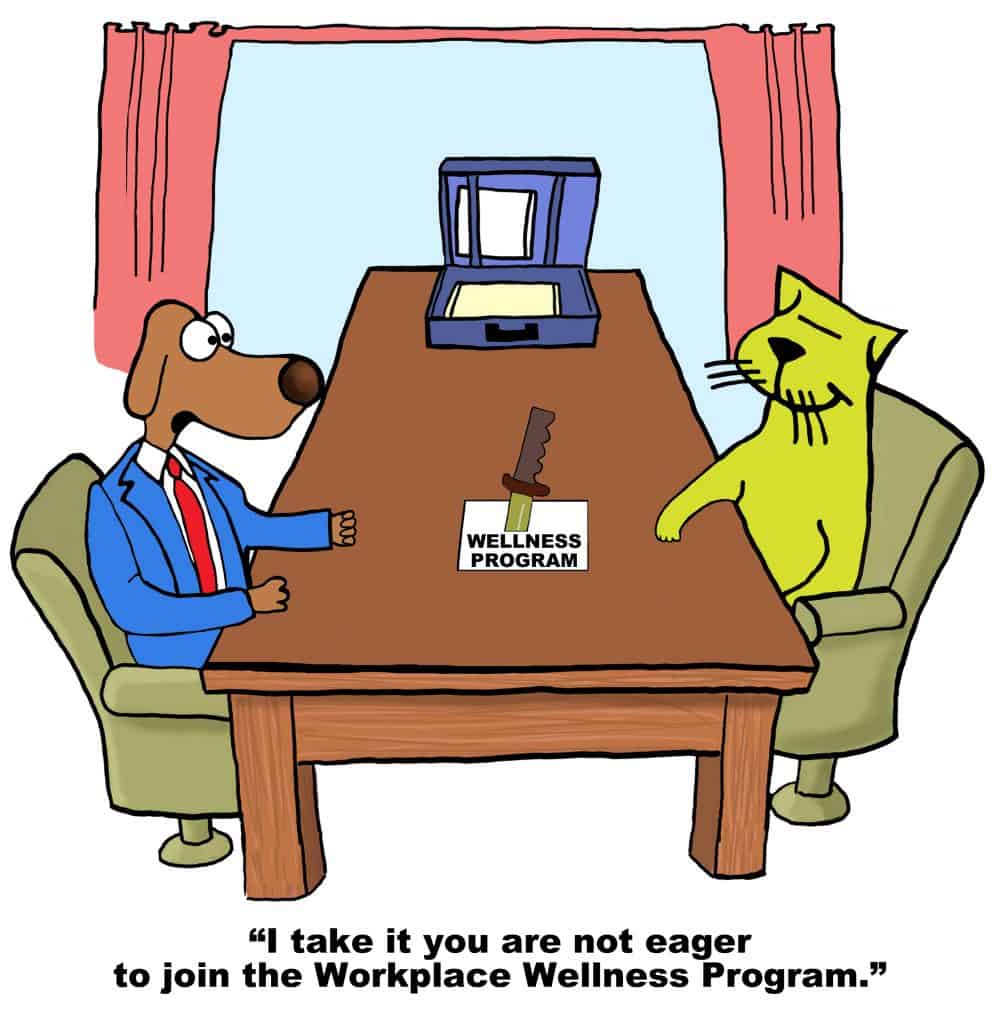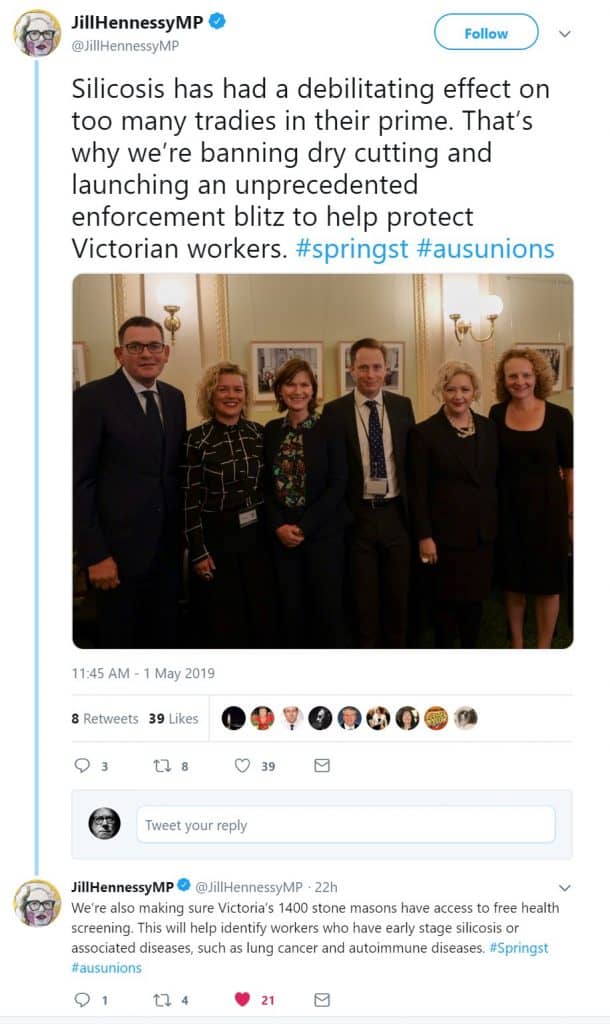
In some Australian workplaces, wellness programs seem to be a dominant interpretation of occupational health and safety (OHS). This is being encouraged through the support of the OHS regulatory agencies. According to one expert, the benefits of workplace wellness programs remain under-researched and what research there is requires validation. Recently Zrui Song of Harvard Medical School said this to the ABC’s Norman Swan:
“There has been a couple of decades of evidence, largely observational in nature, studies that are from single institution or single workplace interventions focused on workplace wellness. And by and large this body of evidence has suggested that the return on investment for workplace wellness programs can be quite large. However, this body of evidence has been limited. They have been limited by the ability to show causal effects of workplace wellness programs…”



 Occupational health and safety (OHS) and Human Resources (HR) disciplines continue to, mostly, operate in isolation and, sometimes, in conflict. Part of the reason is that workplace matters are often seen as either OHS or HR, even though they are both.
Occupational health and safety (OHS) and Human Resources (HR) disciplines continue to, mostly, operate in isolation and, sometimes, in conflict. Part of the reason is that workplace matters are often seen as either OHS or HR, even though they are both.
